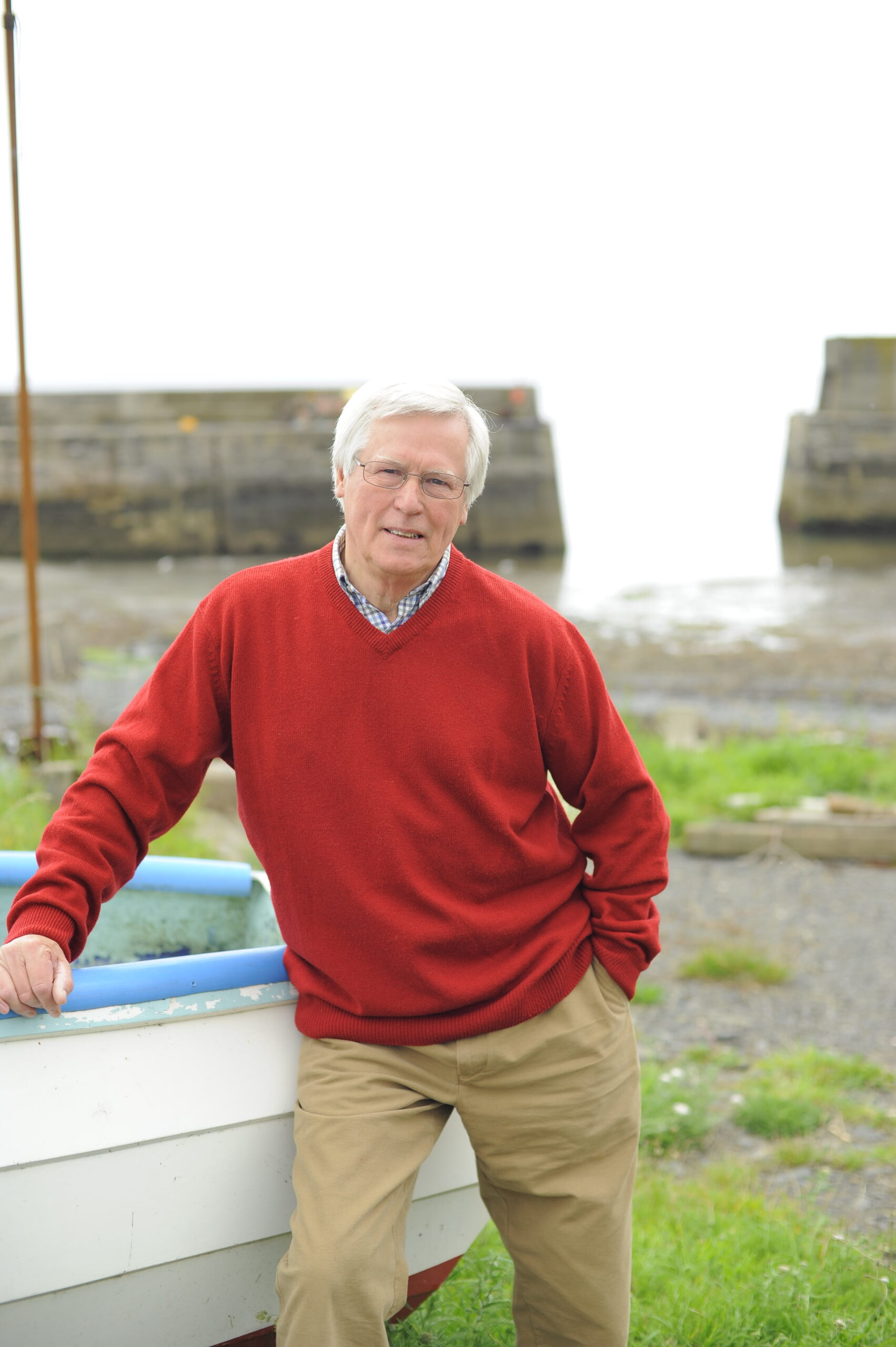I used to love eating oysters – the taste of the sea slipping down one’s throat – and still look longingly if they are on the menu. But ever since they gave me an extremely painful bout of food poisoning many years ago, I have avoided the temptation. There is no way I want to risk that again.
I am, however, still partial to the occasional wee dram and I know people who combine the two, disproving the old wives’ tale that whisky turns oysters into stone in your stomach. But on the banks of Dornoch Firth, on the east coast of the north Highlands, oysters and whisky are being combined in a different way. Here, the bivalve molluscs are being recruited to help the Glenmorangie whisky distillery filter its waste water.
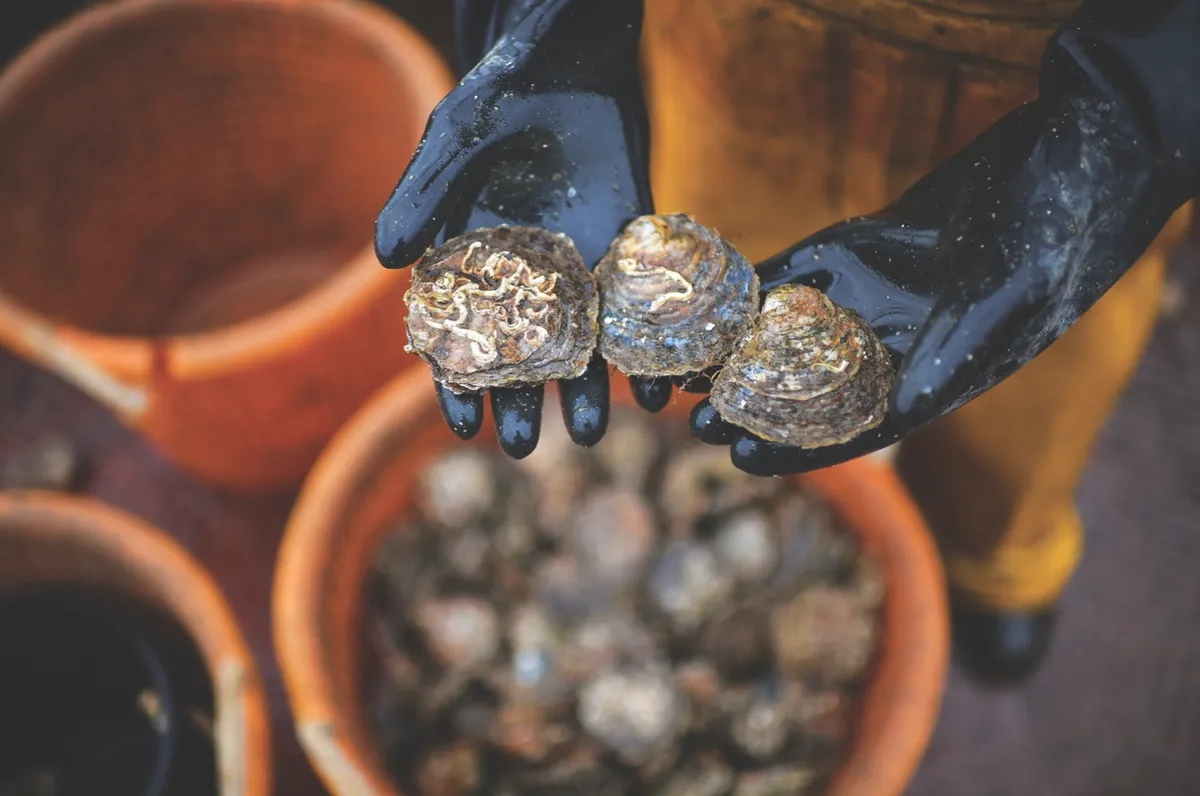
Over the next few years, four million oysters will be deposited into the chilly waters where they flourished for 10,000 years until fishermen wiped them out in Victorian times. Their return will see them working in tandem with a multimillion-pound anaerobic digester recently installed by Glenmorangie.
- Visit the Dornoch distillery to take a distillery tour
- Crawfish make a return to the Channel Islands after near extinction
The copper-rich sludge produced in the whisky-making process is passed to local barley farmers for use on fields; bio-gas helps power the distillery; and the filtered water released by the digester into the Firth is 95% free of organic compounds, above required standards. The oysters will take care of the rest.
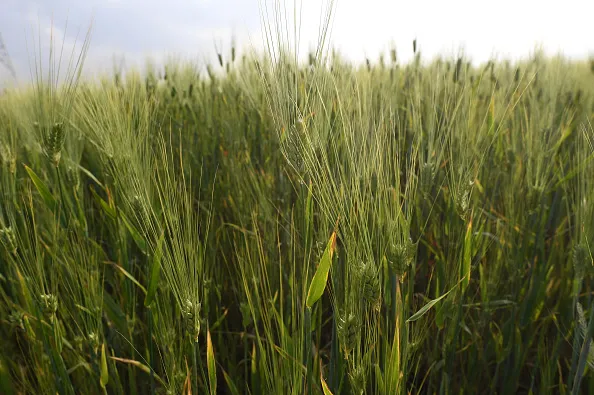
“They are great filter feeders and take out large amounts of particulates from the water,” says marine ecologist Dr Bill Sanderson of Heriot-Watt University, who is leading the project. “Oysters are under-appreciated in terms of their value in keeping water quality high and there is a strong case for reintroducing them across our protected marine areas.”

The decision to back the project was a easy one, explains Glenmorangie’s director of corporate social responsibility Hamish Torrie. “In 10 years’ time, when the whisky being put down to age now is ready to drink, the new oyster beds should be mature as well. The restoration of oyster reefs in the Firth will help us realise our long-term vision of a distillery in harmony with its natural surroundings.”
Today oysters are something of a delicacy but once they were cheaper than meat and a food for the masses. Huge oyster beds were exploited all around our coast – one on the Firth of Forth was 20 miles long and six miles wide. Now very few are left and, globally, oyster beds are among the most endangered habitats.
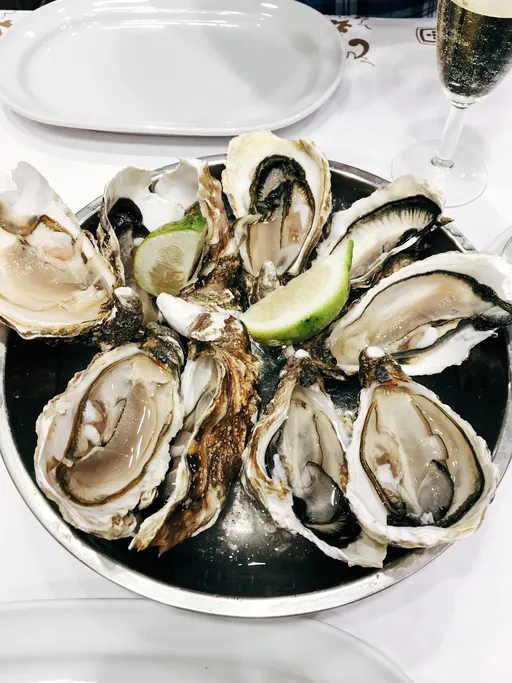
Recently I filmed a Countryfile piece on the Solent, where just 14 oyster boats operate in what was once Europe’s largest self-sustaining fishery. As recently as 1978, the catch was 15 million from 450 boats but five years ago the industry collapsed due to overfishing, disease and invasive species, including slipper limpets taking over the territory of our native oysters.
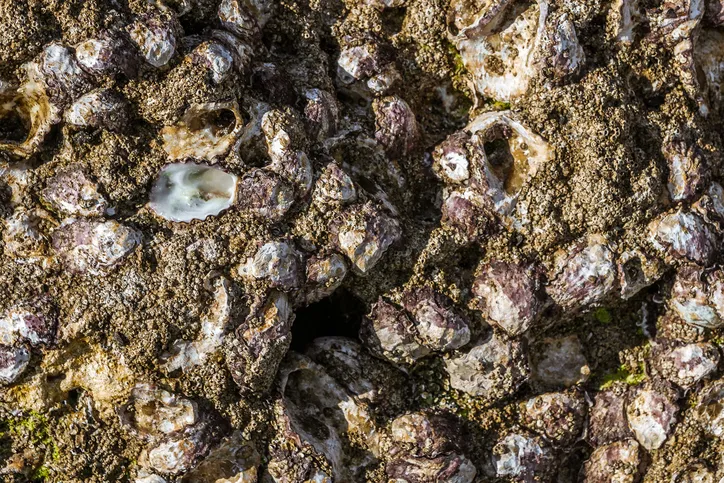
Now marine scientists plan to release five million juvenile oysters into the Solent, starting with a million in the River Hamble next year, with similar projects in Essex and Milford Haven.
So things might be looking up for our threatened native oysters and for the scores of species that make their homes in oyster beds, such as sea squirts, sponges and European eels. Good news, too, for oyster aficionados. That no longer includes me – but I’ll toast the prospect of an oyster revival with a dram.

